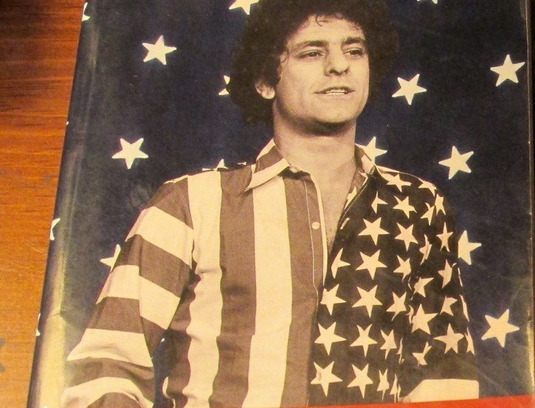As 12-year-old Dustin Cole recently found out, you can’t go to school in Marysville, California, while wearing a shirt that features the American flag in the shape of a grizzly bear (the official state animal), with the word “California” below it, a red star above it and the number 31 inside the star.
Actually, the bear-shaped flag is okay. But to paranoid school administrators, the red star clearly symbolizes the Norteño gang.
First of all, the gang’s official color is red, which would be damning evidence indeed if not for the fact that gangs do not have a monopoly on the color red. However, with the help of a little numerology, the administrators were able to link the star on Dustin’s shirt to the gang. Here’s how…
The star’s five points is the sum of “1” and “4,” and when you read those numbers sequentially, it looks like 14, and the 14th letter of the alphabet is N, which is the first letter of Norteño. Not only that, but the number 31 in the shirt’s red star is the inverse of the number 13 — a number used by the Norteño’s’ biggest rival, the Sureño gang. Case closed.
What’s interesting about this case is that, according to Federal law, Dustin’s shirt is illegal, because it desecrates the American flag. According to Title 4 of the United States Code, Chapter 1: “The flag should never be used as wearing apparel, bedding, or drapery.”
However, in 1989, the Supreme Court ruled this law unconstitutional, since it conflicts with the First Amendment right to freedom of speech.
But long before that, in 1968, famous counterculture activist Abbie Hoffman was arrested in Washington for wearing a shirt that resembled the design of an American flag. Ironically, when the police tore the shirt off his back, it revealed the image of a Viet Cong flag that Abbie had painted on his back.
When the judge declared him guilty of desecrating the flag with his shirt, Abbie wittily paraphrased the great American patriot Nathan Hale by declaring: “I only regret that I have but one shirt to give for my country.”
Sources:


